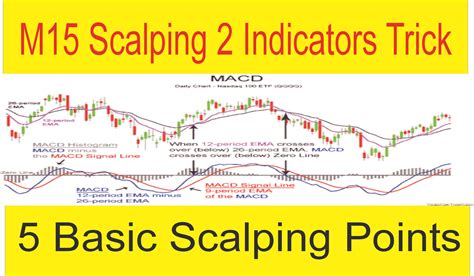Cryptocurrency Price Operations Strategy Star Trade (XLM)
The Cryptocurrency Trading World is constantly evolving and new coins and tokens are emerging to the time. Among Those Star (XLM) in recent years has gained considerable traction due to its innovative platform for cross -Border payments and strong foundations. However, as any trader knows, price operating strategies can be a powerful tool to identify potential buying and selling options.
In this article, we will study some of the most effective price operating strategies for Star Trade (XLM), highlighting key models, indicators and techniques to help traders make deliberate decisions.
Understanding the Price Activity
Before diving into special strategies, it is important to understand what the price is. The price activity referers to the visual representation of market data on the chart, which including an active price, as well as various other factors, such as volume, trading lessons, as well as the level of support and resistance.
Pricing traders are looking for models, trends and abnormalities in this date to achieve forecasts for future price movements. These models can be technical (Diagrams based) or market -based (Reflecting General Economic Conditions).
Normal Price Operating Strategies
Here are some of the most effective price operating strategies for Star Trade (XLM):
1.
Trend Following Fibona Retracement Levels

One popular strategy is to use a trend, following indicators such as Fibonachi retracement levels to identify potential buying and selling options.
- Use a stochastic oscillator or RSI to confirm the trends.
- Identify the main levels of Fibonacci, such as 23.6%, 38.2%and 50%.
- Draw these levels on the chart and look for buying or selling signals nearby.
2.
Range Trade with Diagram Models
Another effective strategy is the range of the range, which including identification of support and resistance and mark in these ranges.
- Look for diagram models such as triangles, wedges or head and shoulder formations.
- Identify the main levels such as the upper Bollinger Bands or the Lower Celner Channels.
- Set the stop losses near these levels and takeing into account the profits.
3.
AVERAGE Reverse with Ichimoka Cloud
Ichimoku Cloud is a technical indicator that provides insight into the market mood, trends, and at the level of support and resistance.
- Identify the pulse indicator such as the stochastic oscillator or RSI crossover.
- Look for medium reveral areas such as retreat or breakout.
- Set the stop losses and takeing into account the main level to make a profit from average reverse signals.
4.
Breakout Trade with Volume
The volume is another critical factor in trading prices. Breakout Dealers are looking for a significant increase in the trend to exit its range.
- Use chart models such as triangles or wedges as indicators.
- Identify Key Volume Areas, Such as Upper or Bottom Books.
- Set stop losses and take profits in these places to lock the profits.
5.
Candlestick patterns with pulse
Candlestick models are a visual display of price operations that merchats use to identify potential buying and selling options.
- Look for models such as hammer or shooting star formations.
- Identify the main pulse level, such as the middle or range of 50 -period variables.
- Set the stop losses near these levels and takeing into account the profits.
Trade Setup Example
Let’s say you Trade A Star (XLM) with a Special Price Strategy. HERE IS AN EXAMPLE OF SETUP:
| Time Price Direction
| — — —
| 9:00 est | $ 60,50 Buy
| 10:30 est | $ 61.20 for sale
In this example, the trader sets a purchase signal for $ 60.50 and sales signal for $ 61.
